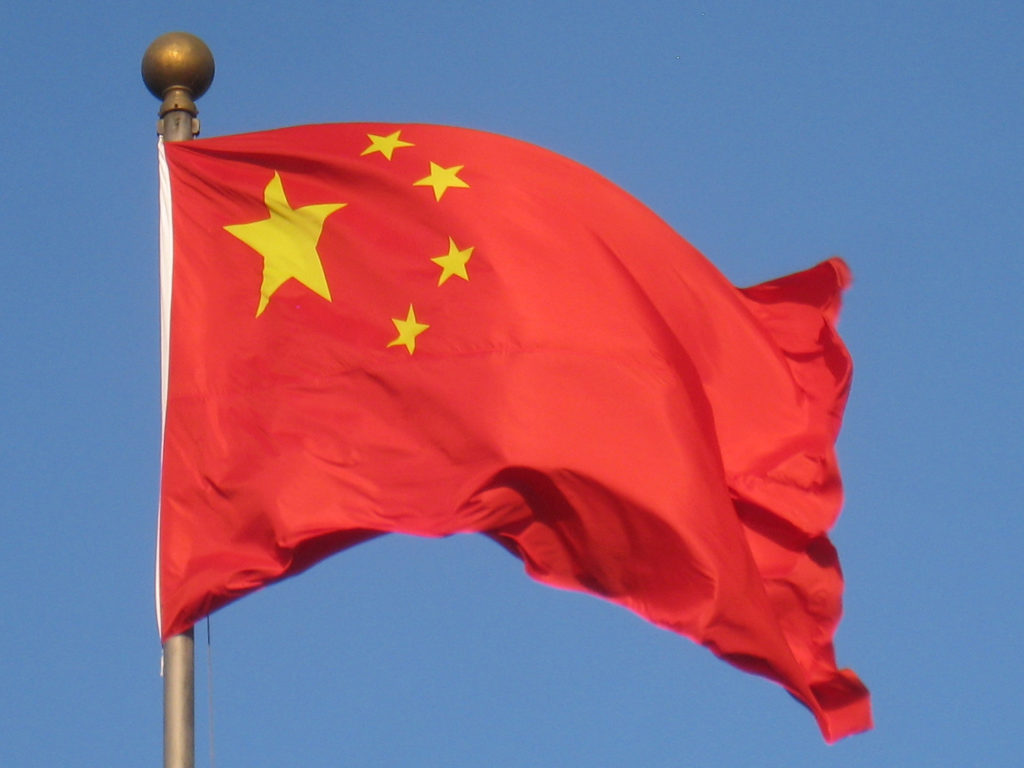 Chinese tire makers may soon genuinely trouble the establishment, as they restructure and step up their R&D game, according to David Shaw, CEO of Tire Industry Research and expert on China’s tire industry. Don’t miss David’s presentation on this subject at the Tire Technology Expo Conference.
Chinese tire makers may soon genuinely trouble the establishment, as they restructure and step up their R&D game, according to David Shaw, CEO of Tire Industry Research and expert on China’s tire industry. Don’t miss David’s presentation on this subject at the Tire Technology Expo Conference.
What’s happening in China’s tire industry today?
The Chinese tire industry is going through a revolution in terms of structure and investment and overseas marketing. In itself, this is not especially unusual, because where the tire industry in Europe and North America tends to be fairly consistent from year to year, in China, it is in a constant state of turmoil. However, that turmoil has been especially strong in the past 18 months or so, driven by a range of different factors.
The first major change has been the duties imposed on TBR tire exports from China by the USA, Europe, India and other countries. The reaction to this has been threefold. Firstly, the bigger companies have set up factories in Thailand, Vietnam and elsewhere – Linglong is currently in the process of building a large factory in Serbia.
Secondly, the Chinese tire companies have adopted a much more aggressive marketing strategy in the Middle East, Central and South America, Australia, Japan and other countries that have not yet imposed similar duties. And finally, tire makers who historically relied on exports are now focusing more on the domestic market.
How is the domestic industry changing?
The second key driver of change in China is the state-managed restructuring of the supply-side economy. Across China, upstream industries are going through a transformation – the Chinese themselves say they are ‘moving from big to strong’. In the 1990s and 2000s, certain industries grew very big on a diet of low labor costs, state support and low technology. That applied to the whole tire industry, including the upstream materials and machinery supply sectors.
With the current 13th and upcoming 14th five-year plan under President Xi Jinping, the country is systematically purging the smaller, lower-technology companies that grew up during the rapid expansion phase. These are largely being replaced by highly automated factories operated by larger, more sophisticated companies. Linglong, Prinx Chengshan, Aeolus, Zhongce, Doublestar, Double Coin and a few others are likely to be the big winners in this restructuring.
These companies are recruiting tire engineers from the bigger companies, and buying-in consultancy services to enable them to make tires that compete effectively with the premium and mid-range brands globally.
What will be the impact on the international tire industry?
Up until now, China-based tire companies have troubled the premium tire makers only on the grounds of aggressive pricing. I think we are entering a phase where the quality of the top Chinese tire makers will still be below that of the premium brands, but it will be hard to tell the difference.
Along with this increase in quality will come an increase in costs, as the Chinese tire makers operate in a larger number of countries and increase their marketing and R&D budgets. Prices will nonetheless remain competitive.
The result will be that the China-based tire makers will offer a genuinely attractive price-performance ratio in all sectors – from cars and trucks to mining and agricultural. This competition is one of the factors pushing the existing premium tire makers to change their business model away from selling tires and toward becoming mobility specialists, operating in business sectors that are not directly related to tires.
We can already see Aeolus, Giti, and other tire makers with roots in China copying this strategy and moving toward intelligent tire business models and seeking to offer services and added value to fleets.
As tire markets in China and India continue to grow, we will see a greater struggle for share. The established premium brands still seem to think that their existing business models – refined in the cultures of the USA and Europe – will transfer to Asian customers. Meanwhile, the tire makers rooted in Asian cultures are learning how to adapt the premium tire makers’ business models to suit the developing expectations of their existing customers. In short, it’s going to be an interesting ride over the coming decade.
 David’s two presentations on this subject will be part of the ‘Business Strategy’ stream on Day 1 and 3. View the full program here and book your delegate pass now to get 15% off.
David’s two presentations on this subject will be part of the ‘Business Strategy’ stream on Day 1 and 3. View the full program here and book your delegate pass now to get 15% off.



